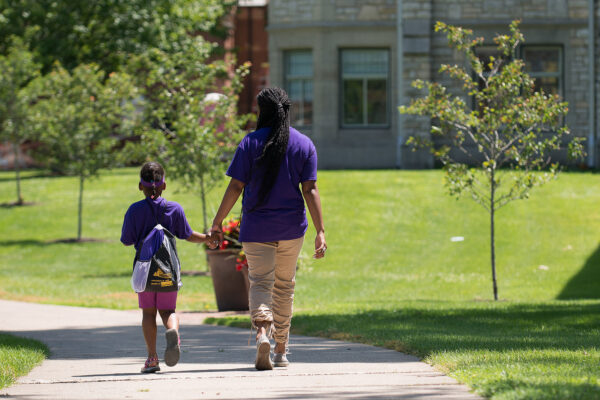College Promise Programs and Equity
Title: A Promise Worth Keeping: An Updated Equity-Driven Framework for Free College Programs
Authors: Tiffany Jones, Jaime Ramirez-Mendoza, and Victoria Jackson
Source: The Education Trust
A new Education Trust report on college promise programs and equity finds that despite the potential for these programs to increase access through improving affordability, many students who may benefit most are either ineligible to participate or struggle to pay costs not covered by these programs.
The report, an update to a 2018 analysis, examines promise program equity by identifying the benefits provided and the student who are eligible to participate. The authors look at whether promise programs cover four types of costs: living costs, fees, at least four-years of tuition overall, and tuition costs for bachelor’s degree programs at four-year institutions. They also identify if program benefits are extended to students who are adults, incarcerated, undocumented, enrolled half time, or who have at least a 2.0 grade point average.
Findings from the report include:
- While all programs in the analysis covered tuition at two-year institutions, only 40 percent covered tuition for up to four years and could be used in bachelor’s degree programs at four-year institutions. Moreover, many programs did not cover cost of living.
- Only two programs were designed specifically for adult and returning students: the Tennessee Reconnect and Michigan Reconnect programs.
- Only one program in the country, the Washington College Grant, covers all four types of costs and is available to all groups of students included in the analysis.
The report provides specific examples of how eligibility criteria adversely impact equity outcomes and harm students who may most benefit from these programs. The authors found that even among proposed promise programs, some include language that excludes justice-impacted students, while others require students to file a FAFSA and be eligible for federal student aid, making undocumented students ineligible.
The authors also highlight that because many promise programs are “last dollar,” more aid is actually distributed to middle and upper-income rather than to low-income students. As states and institutions develop these programs to help close college-going equity gaps and promote the importance of a college education, the authors recommend programs allow all students to participate and move beyond only covering tuition.
To read the full report, click here.
—Charles Sanchez
If you have any questions or comments about this blog post, please contact us.


